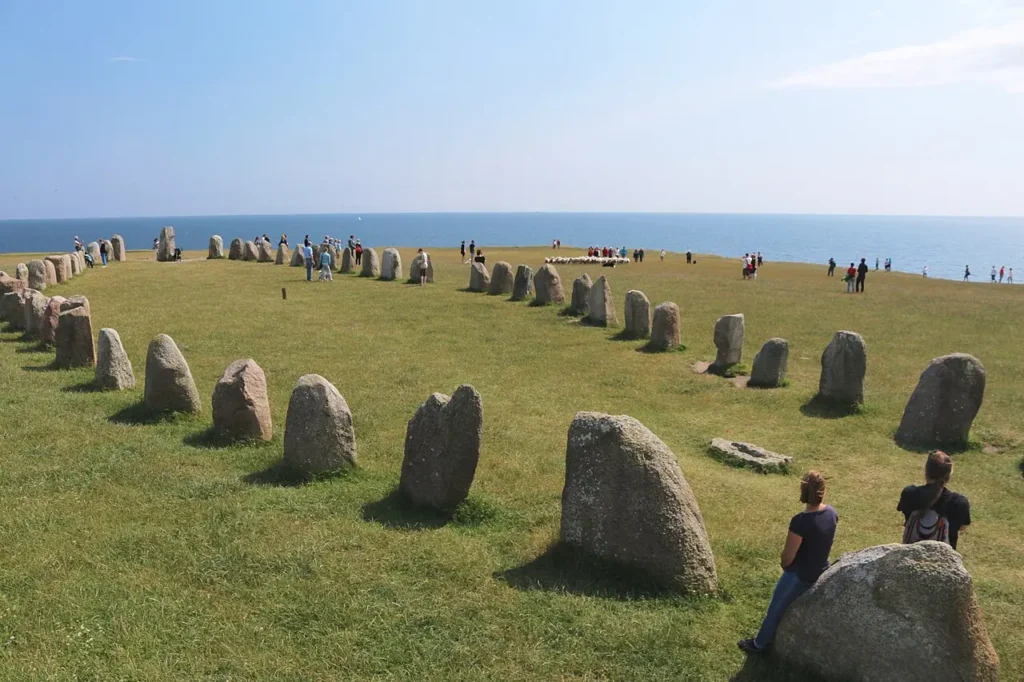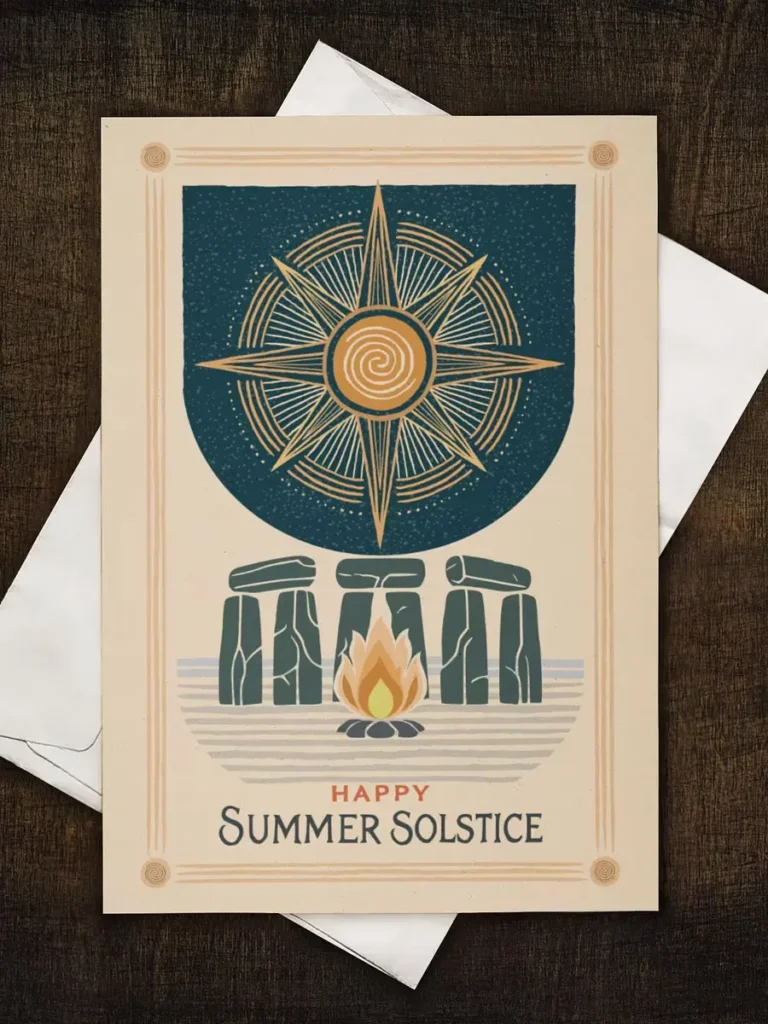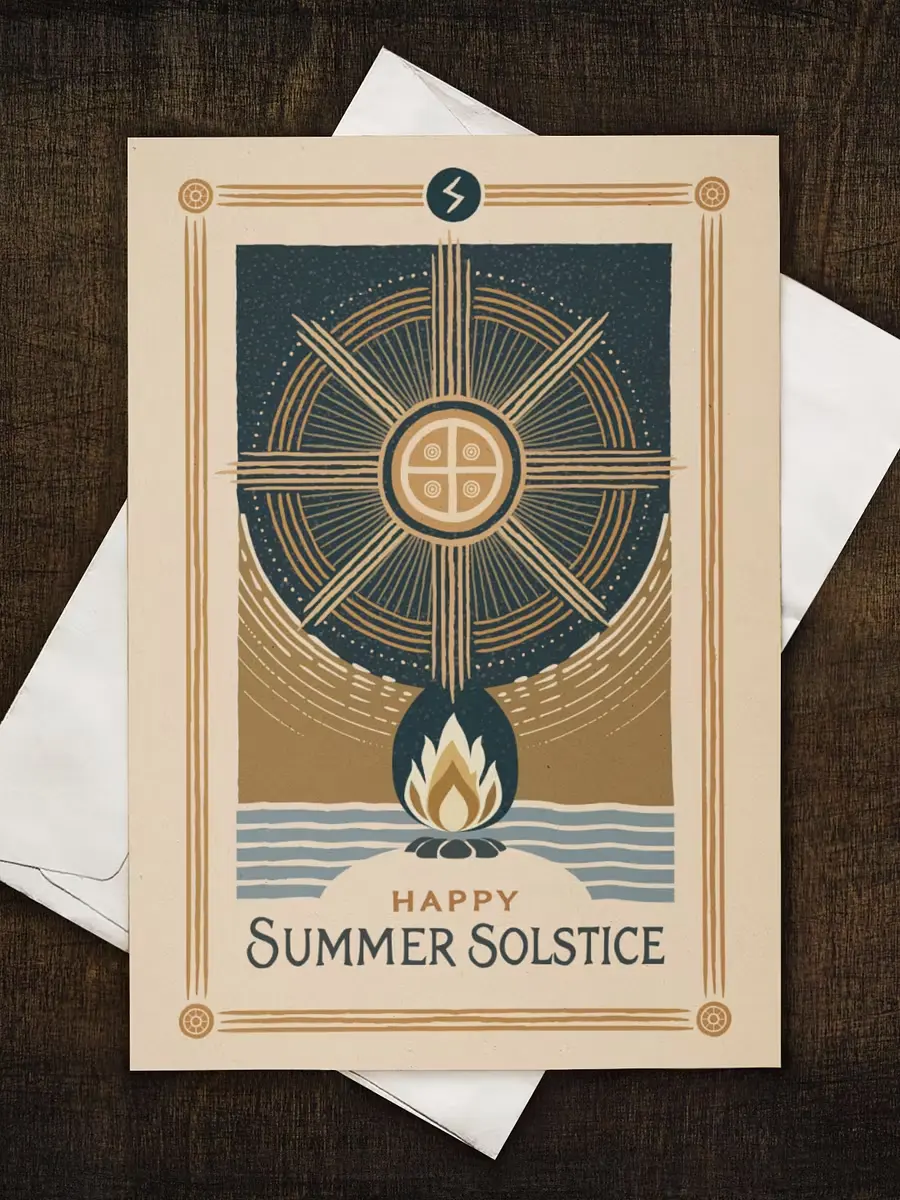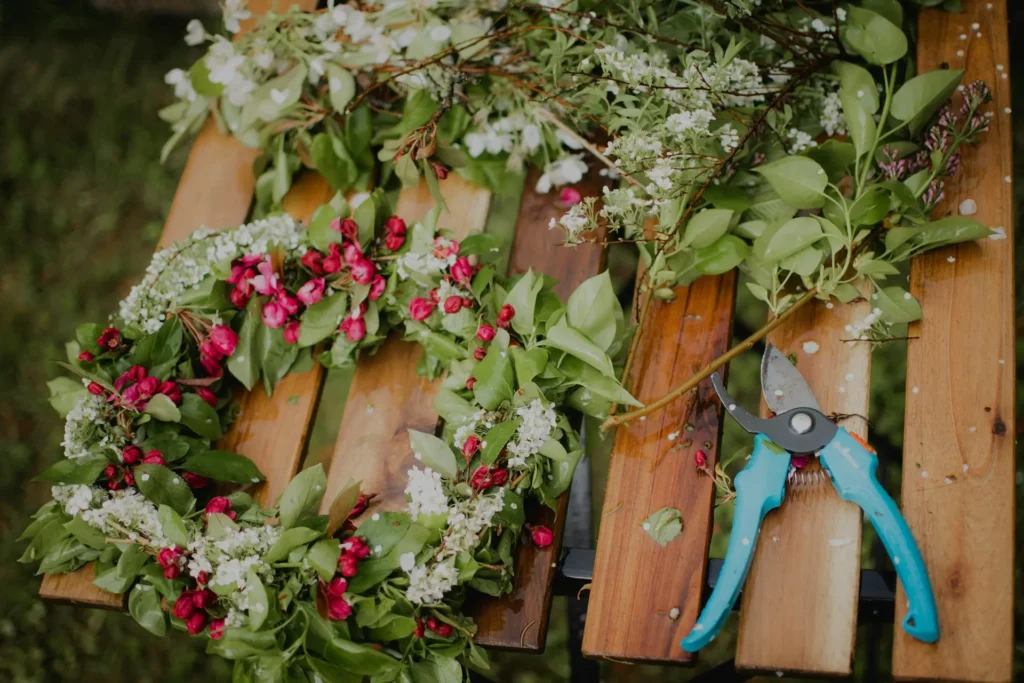Your basket is currently empty!
Norse Pagan Midsummer: Summer Solstice Rituals and Traditions
Midsummer marks the longest day of the year and has long been a moment of spiritual and agricultural importance across Europe. In Norse pagan culture, summer was a time of life, light, and fertility: a brief but vital season in the northern world. But did the ancient Norse truly celebrate a solstice festival? And how do modern Midsommar traditions reflect those ancient beliefs?
In this article, we’ll explore the origins of Norse pagan midsummer celebrations, the gods and rituals associated with the season, and how this ancient solar moment continues to shine through modern Scandinavian customs.
1. Did Norse Pagans Celebrate the Summer Solstice?
The Norse left no known festival explicitly tied to the solstices. Their calendar was primarily lunar and seasonal, with major feasts falling near equinoxes and seasonal turning points, like the blóts of Vetrnætr (Winter Nights) and Jól (Yule).
However, archaeological and folkloric evidence suggests that the summer solstice held symbolic meaning. The importance of light and the rhythm of the sun in agricultural life meant that midsummer, if not formally celebrated, was recognized.
Several sagas speak of summer assemblies (þings) held outdoors, coinciding with the brightest time of the year. These include:
- Íslendingabók: Offers historical accounts of seasonal þings, especially the June Althing.
- Ljósvetninga saga: References summer gatherings at the Althing.
- Eyrbyggja saga: Mentions seasonal gatherings and religious practices.
- Heimskringla: Describes summer-time assemblies like the Thing of the Swedes at Uppsala.
2. Alignments, Sagas, and Sunlight: What the Evidence Shows
While few Norse texts discuss the solstice directly, some archaeological sites hint at solar alignments.
- Ales Stenar in Sweden, a ship-shaped stone monument dating to the Nordic Iron Age, aligns with the summer solstice sunset.
- Gamla Uppsala, a sacred site in Sweden, was an important ceremonial center. Though not explicitly tied to midsummer, it hosted public rituals in summer months.
Seasonal gatherings, storytelling, and public lawmaking at the þing often occurred in June or July. These practices mirror the communal and ritualistic atmosphere of solstice gatherings in other cultures.

3. Gods and Goddesses of Light and Fertility
While not officially assigned to the solstice, many Norse deities embody the solar themes of light, fertility, and abundance:
- Baldr: Often associated with purity and light, Baldr’s tragic death heralded winter in myth—his story is deeply symbolic of the sun’s decline.
- Freyr: A god of fertility and prosperity, Freyr was linked with the success of crops and often honored during summer.
- Sól: The sun goddess, who drives the sun chariot across the sky, escaping the wolf Sköll. Her myth emphasizes the value placed on sunlight in Norse cosmology.
These gods reflect the Norse reverence for nature’s cycles, even if they weren’t celebrated on a fixed solar date.
4. Norse Pagan Summer Solstice Rituals: What Might They Have Done?
While specific Norse pagan summer solstice rituals are not recorded, scholars and modern practitioners speculate based on seasonal patterns and regional folk customs:
- Bonfires on hills and coastlines to honor the sun and protect crops
- Offerings to deities like Freyr or Sól, often involving mead, herbs, or carved idols
- Feasting and community gatherings that paralleled the outdoor þings
- Sacred dances and music, inspired by agricultural fertility and nature
Modern Norse pagans, such as those following Ásatrú, often reconstruct these with care and respect, blending historical sources with modern symbolism.
5. From Norse Midsummer to Modern Midsommar
Today’s Midsommar traditions in Sweden, featuring flower crowns, maypoles, and strawberry cakes, may appear quaint, but they contain layers of older meaning.
Historically, midsummer was celebrated with bonfires, singing, and fertility magic. Girls picked nine flowers and placed them under their pillows to dream of their future love, echoes of earlier nature-based belief systems.
While Christian influences reshaped the date into St. John’s Day (June 24), older traditions persisted beneath the surface. The emphasis on nature, sun, and celebration strongly parallels what norse pagan midsummer likely involved.
6. Norse Pagan Midsummer Today
Modern Norse pagans, especially those in the Ásatrú and Heathen communities, observe the norse pagan summer solstice through rituals inspired by both ancient sources and intuition:
- Blóts (offerings) to Sól, Freyr, or the landvættir (spirits of place)
- Fire ceremonies, symbolizing purification and renewal
- Decorations with birch branches, sun wheels, or Norse runes
- Communal feasts often held outdoors under the midnight sun
These practices help rebuild a connection to ancestral rhythms and the land itself.
7. A Light That Still Shines
Although ancient Norse texts don’t record a formal midsummer Norse pagan festival, the sun’s height held undeniable importance, reflected in myth, landscape, and folk memory.
Today’s solstice celebrations, from Ásatrú rituals to midsommar decorations and traditions, are part of a living thread that ties us back to nature and the turning of the wheel.
For a related perspective on other ancient solstice practices, read our post on the Celtic summer solstice and its blend of folklore, fire, and seasonal symbolism.




